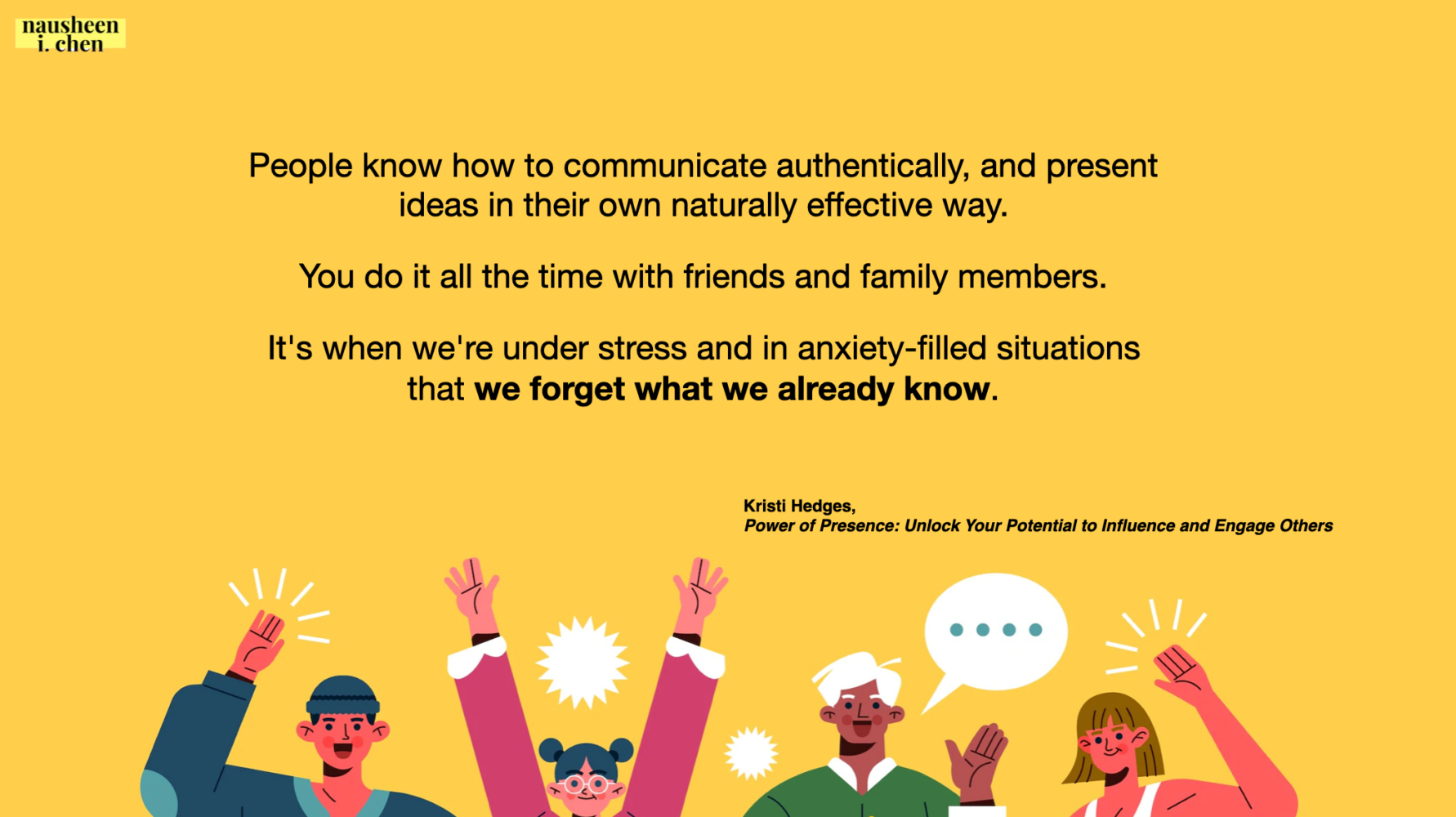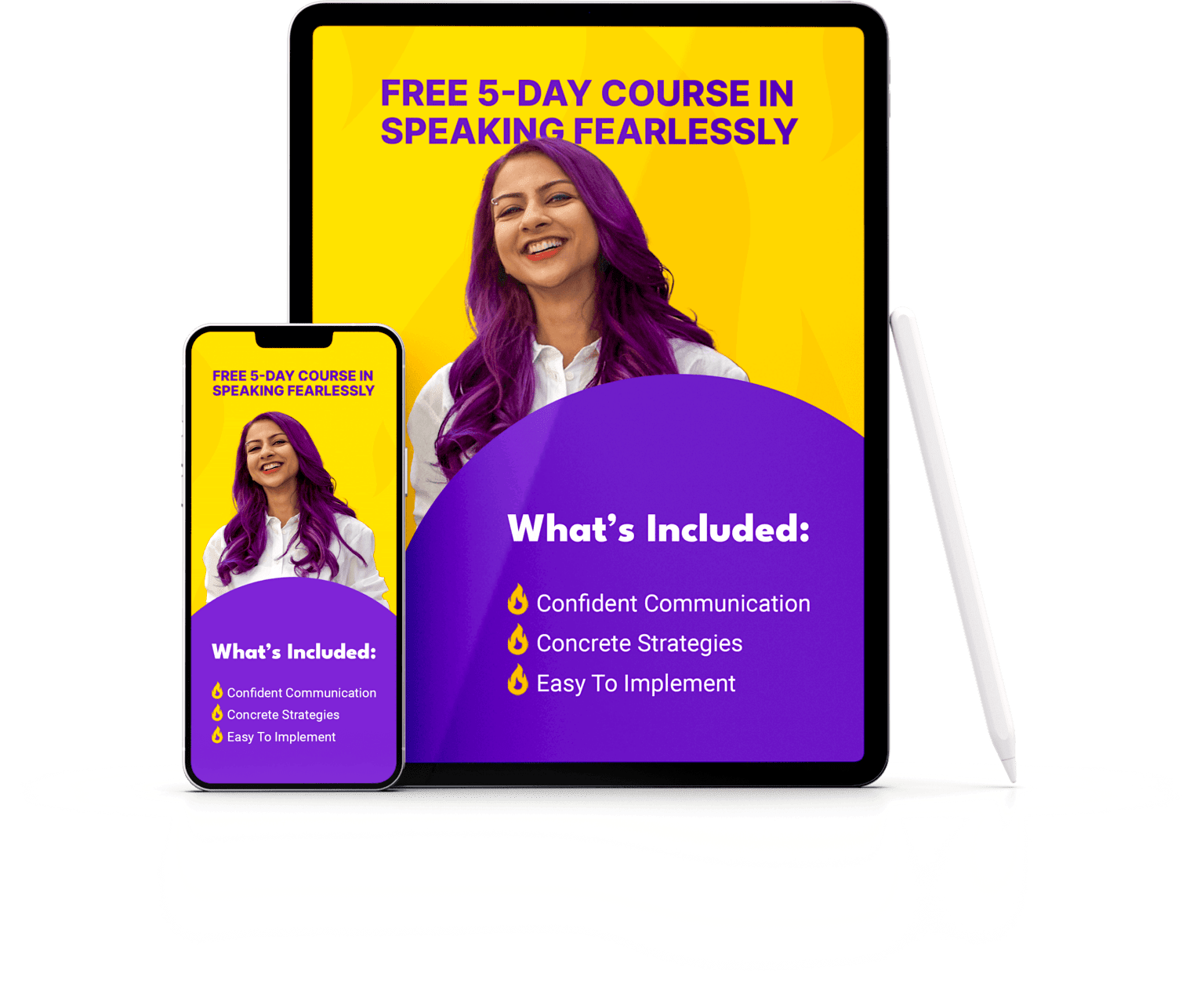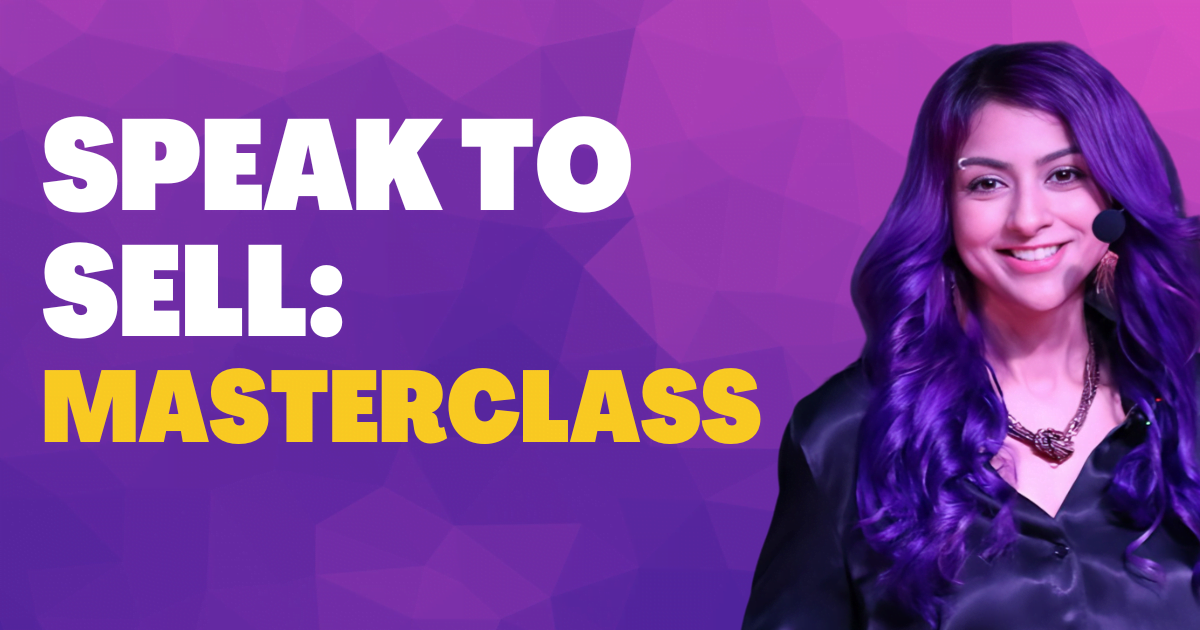Crafting a presentation that truly captivates your audience requires more than just the basics. While the traditional methods certainly have their merits, incorporating unconventional and surprising strategies can elevate your presentation from good to outstanding.
In this guide, we will delve into unique and effective tips and frameworks that might not be well-known but can make a remarkable difference in how you engage and resonate with your audience.
Table of Contents

Image by mego-studio on Freepik
1. The Power of Cognitive Disfluency
When it comes to designing your presentation slides, the concept of cognitive disfluency can be a game-changer.
Cognitive disfluency suggests that introducing a certain level of difficulty in processing information can actually enhance memory retention. Instead of using straightforward fonts and layouts, experiment with elegant fonts, subtle background textures, and thought-provoking quotes strategically placed on your slides. This approach piques curiosity and compels your audience to engage more deeply with your content.

2. The Hindsight Preview Technique
Rather than the usual predictable agenda slide, consider starting with a thought-provoking twist known as the “Hindsight Preview” technique. Begin your presentation by offering a glimpse of the key takeaways and insights your audience will gain by the end. This upfront revelation triggers curiosity and anticipation, encouraging your audience to actively seek out these valuable nuggets of information as you progress through your presentation.
3. Curated Silence for Emphasis
In the realm of presentations, silence is often feared as an awkward pause. However, silence, when used strategically, can wield considerable power. Incorporating moments of curated silence after delivering significant points or posing thought-provoking questions allows your audience to absorb the information and reflect on its meaning. This intentional pause provides a breather for both the presenter and the audience, fostering a deeper connection with the content.

Image by mego-studio on Freepik
4. The Perspective Shift Formula
Challenge your audience’s preconceptions with the “Perspective Shift” formula. Begin by presenting a commonly accepted belief related to your topic, and then introduce an unconventional and surprising viewpoint that challenges this belief. This unexpected twist immediately captures attention, as your audience is compelled to consider this fresh perspective and reevaluate their own understanding. This approach keeps your presentation engaging and thought-provoking.
5. Enigmatic Open Loops
Human psychology is wired to seek closure. Leveraging this innate tendency, introduce “enigmatic open loops” into your presentation. Pose a captivating question or scenario at the outset and promise to provide the answer or resolution later in the presentation. This technique keeps your audience curious and attentive, as they eagerly anticipate the satisfying conclusion you have in store for them.

Image by peoplecreations on Freepik
6. Emotionally Charged Visual Metaphors
Visuals are a cornerstone of presentations, but taking a step beyond the ordinary can have a profound impact. Incorporate emotionally charged visual metaphors—images that evoke strong emotions related to your topic. For instance, if your presentation centers around overcoming challenges, include an image of a lone rock climber triumphantly reaching the peak of a daunting mountain. These metaphors tap into the audience’s emotions, creating a deeper connection to your content.
7. The Holographic Call-back Technique
Inject an element of intrigue by employing the “Holographic Call-back” technique. Introduce a seemingly unrelated anecdote or image at the beginning of your presentation. Later on, skillfully weave it back into your content in a manner that unveils a hidden connection. This unexpected callback not only surprises your audience but also creates a sense of continuity and delight, showing your mastery over the presentation’s narrative.

Me on the TEDx stage
8. Dynamic Movement Patterns
The physical aspect of your presence on stage can significantly impact audience engagement. Instead of staying rooted in one spot, incorporate dynamic movement patterns. Move closer to your audience during emotionally charged segments to forge a connection, and shift to different parts of the stage when discussing contrasting viewpoints. This movement not only visually engages the audience but also adds an element of unpredictability that keeps them attentive.
9. Controlled Vulnerability
Audiences appreciate authenticity and relatability. Embed moments of controlled vulnerability into your presentation. Share a personal struggle, a learning experience, or a moment of humility. This not only humanizes you as a presenter but also fosters an emotional connection with your audience. The surprising transparency creates a bond that enhances the overall impact of your message.

10. The Cliffhanger Technique
Draw inspiration from the world of storytelling by employing the “Cliffhanger” technique. At the end of certain sections, leave your audience in suspense by teasing an upcoming revelation, an unexpected twist, or a surprising insight. Similar to a well-crafted TV series, this technique maintains momentum and curiosity, ensuring your audience remains invested and eager to discover what comes next.
Conclusion
As you refine your presentation skills, don’t limit yourself to conventional methods. By embracing the power of cognitive disfluency, the allure of perspective shifts, the impact of emotionally charged visuals, and the surprise of other unconventional techniques, you can create presentations that are truly exceptional. Remember, it’s often the unexpected that leaves a lasting impression. These uncommon strategies will not only captivate your audience but also establish you as a presenter who is unafraid to push the boundaries of engagement and captivation.
Want to become a more powerful speaker? Let’s talk.



